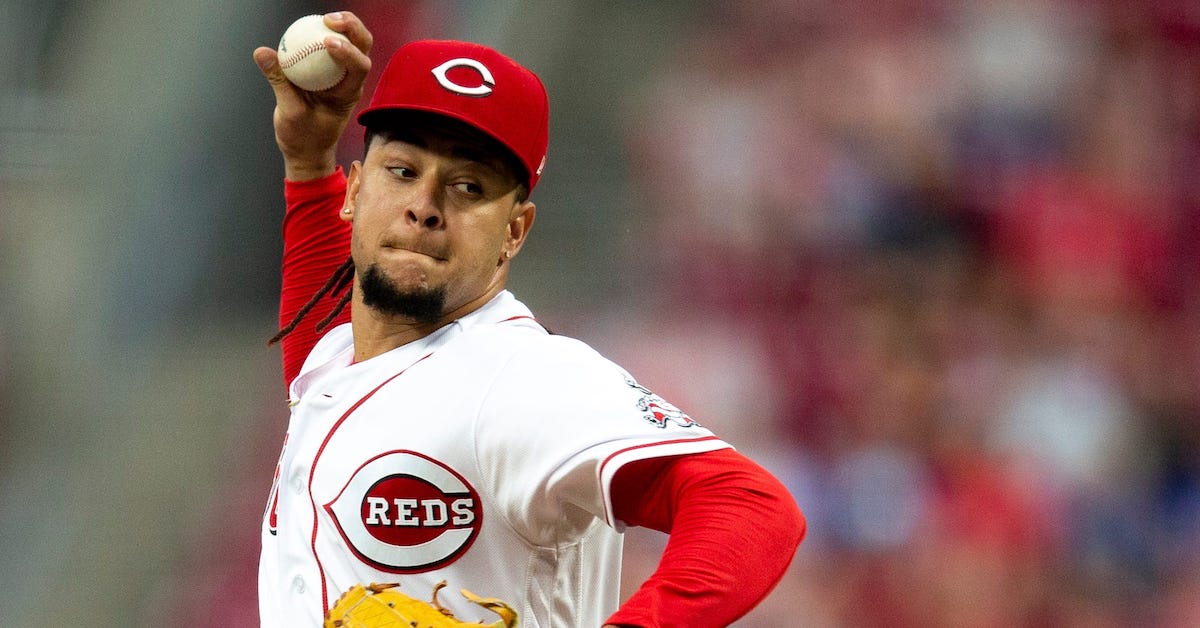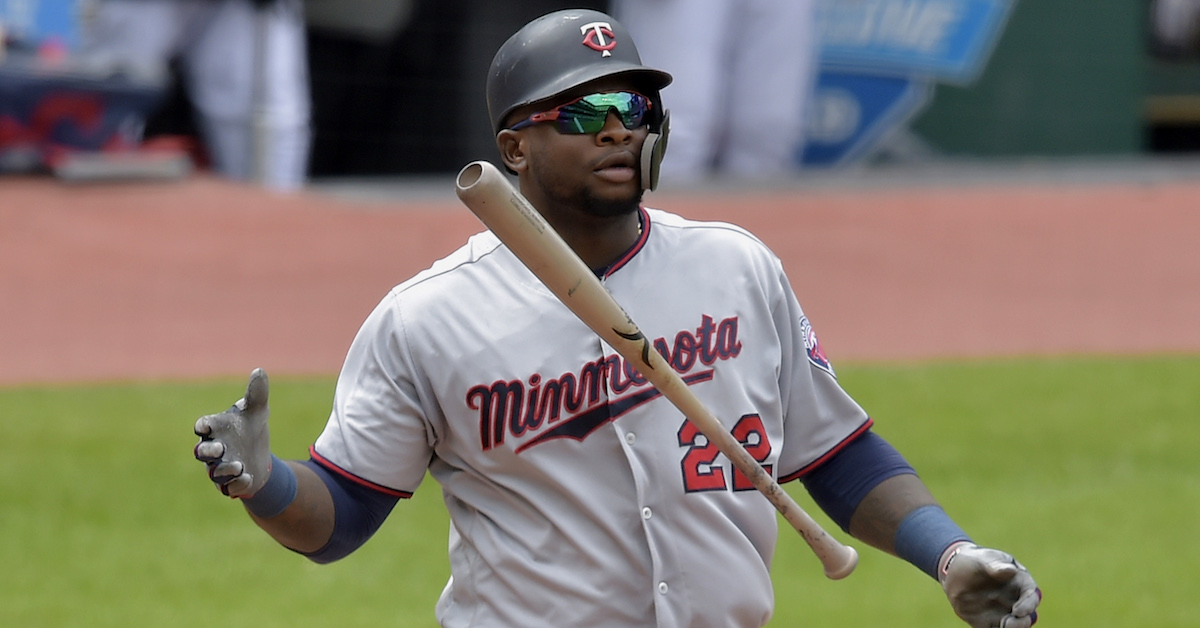Giants Leverage Rays’ 40-man Crunch Into C/INF Curiosity Ford Proctor

Yesterday, the Rays traded C/INF Ford Proctor to the Giants for Triple-A reliever Jeremy Walker. The Rays appear to have been trying to clear 40-man space. The Rays have several players on the 60-day IL who don’t currently occupy a 40-man spot but will need to once they return, including Wander Franco, Manuel Margot, and Harold Ramírez, all of whom are likely to come off of the IL between now and the end of the season. Tampa could also potentially add more big leaguers before the deadline who would require 40-man space. The move was an opportunistic pounce by the Giants, who get a player I happen to like quite a bit.
Proctor was occupying a 40-man spot while hitting .213/.329/.306 at Triple-A Durham, and his strikeout rate has climbed significantly for the second straight year. He was a contact-oriented infielder at Rice and in the lower minors who the Rays moved behind the plate during the early stages of the pandemic. While he’s made huge strides on defense, he still has moments of ineptitude, whiffing on the occasional easy-to-receive pitch, or letting a blockable ball in the dirt get past him. For a convert who has just shy of two years experience wearing the tools of ignorance, Proctor looks pretty good even though he’s 25. Read the rest of this entry »







